Archives
- 2025-10
- 2025-09
- 2025-03
- 2025-02
- 2025-01
- 2024-12
- 2024-11
- 2024-10
- 2024-09
- 2024-08
- 2024-07
- 2024-06
- 2024-05
- 2024-04
- 2024-03
- 2024-02
- 2024-01
- 2023-12
- 2023-11
- 2023-10
- 2023-09
- 2023-08
- 2023-07
- 2023-06
- 2023-05
- 2023-04
- 2023-03
- 2023-02
- 2023-01
- 2022-12
- 2022-11
- 2022-10
- 2022-09
- 2022-08
- 2022-07
- 2022-06
- 2022-05
- 2022-04
- 2022-03
- 2022-02
- 2022-01
- 2021-12
- 2021-11
- 2021-10
- 2021-09
- 2021-08
- 2021-07
- 2021-06
- 2021-05
- 2021-04
- 2021-03
- 2021-02
- 2021-01
- 2020-12
- 2020-11
- 2020-10
- 2020-09
- 2020-08
- 2020-07
- 2020-06
- 2020-05
- 2020-04
- 2020-03
- 2020-02
- 2020-01
- 2019-12
- 2019-11
- 2019-10
- 2019-09
- 2019-08
- 2019-07
- 2019-06
- 2019-05
- 2019-04
- 2018-07
-
br Methods br Results br Discussion Chronic
2023-08-31
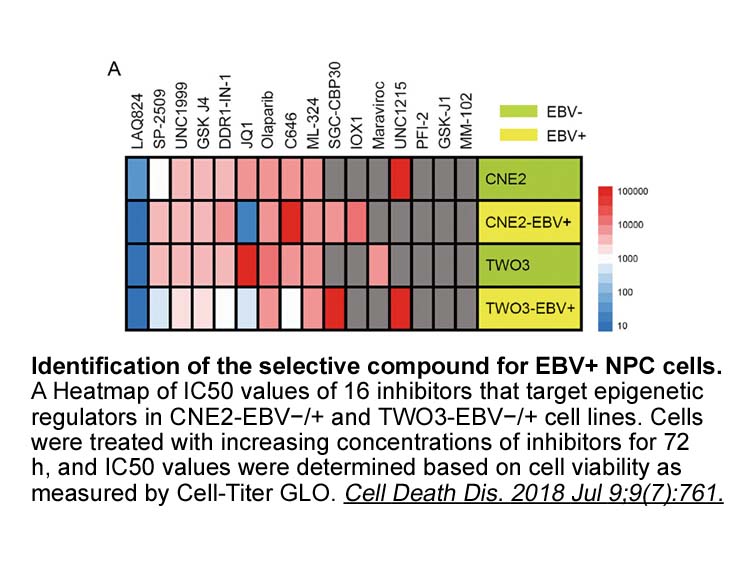
Methods Results Discussion Chronic stress renders individuals vulnerable to diseases, and this effect might be, at least partially, mediated by stress hormone-induced immunosuppression. Therefore, investigating the effects of catecholamines on immune CHIR-090 is of high relevance. We hypot
-
AMPK is an essential player in
2023-08-31
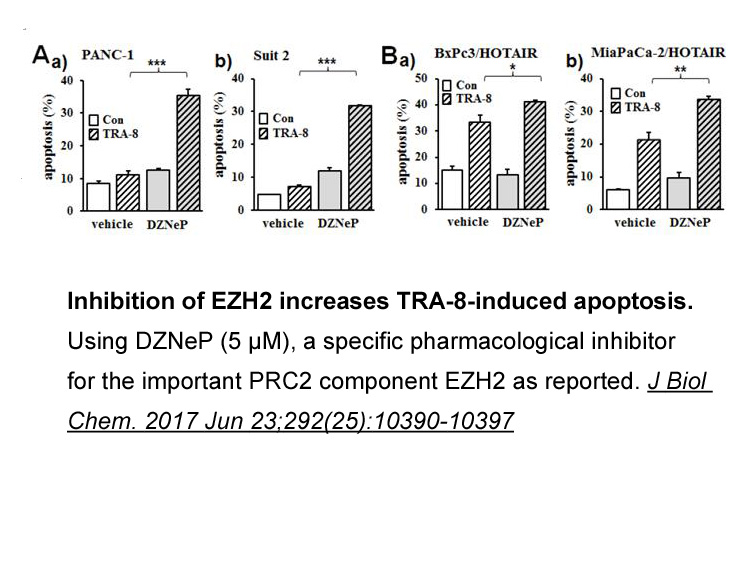
AMPK is an essential player in adiponectin signaling pathway that regulates energy metabolism. The fact that suppression of AMPK activity by compound C largely diminished candesartan-mediated inhibition of NFκB via blocking AT1 also suggests that the AT1-mediated effect is at least partly resulted f
-
AdipoRon is an orally active synthetic small molecule
2023-08-31

AdipoRon is an orally active, synthetic small molecule that activates adiponectin receptor (AdipoR). It mimics the antidiabetic effects of adiponectin, exhibiting its effect through the activation of AMPK and PPARα pathways via AdipoR1 and AdipoR2, respectively (Fig. 2) [62]. AdipoR activation has r
-
br Results br Discussion Our finding that AXL overexpression
2023-08-30
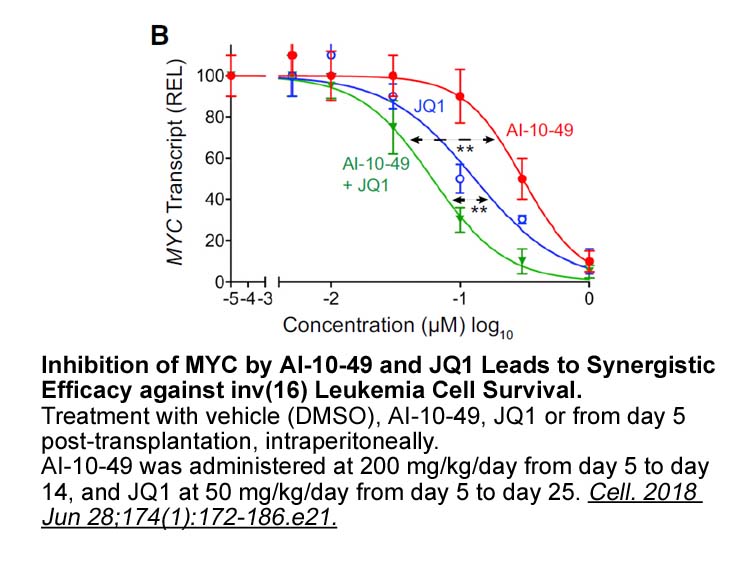
Results Discussion Our finding that AXL overexpression is significantly associated with poor survival in patients with high-grade serous OC is consistent with previous reports indicating that AXL regulates tumor growth in some cancers, as well as reports showing that AXL activity is involved i
-
l glycine In addition to the data provided by the Ki
2023-08-30
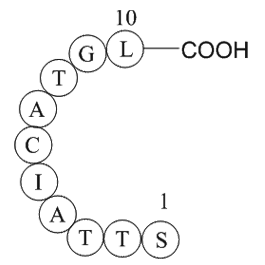
In addition to the data provided by the Ki16425 treatment in the K/BxN arthritis model, new findings from the study of two new LPA receptor antagonists confirm the involvement of the LPA pathway in the pathogenesis of experimental arthritis. In the study by Miyabe et al., the authors reported the tr
-
Thirdly and finally multiple studies have
2023-08-30
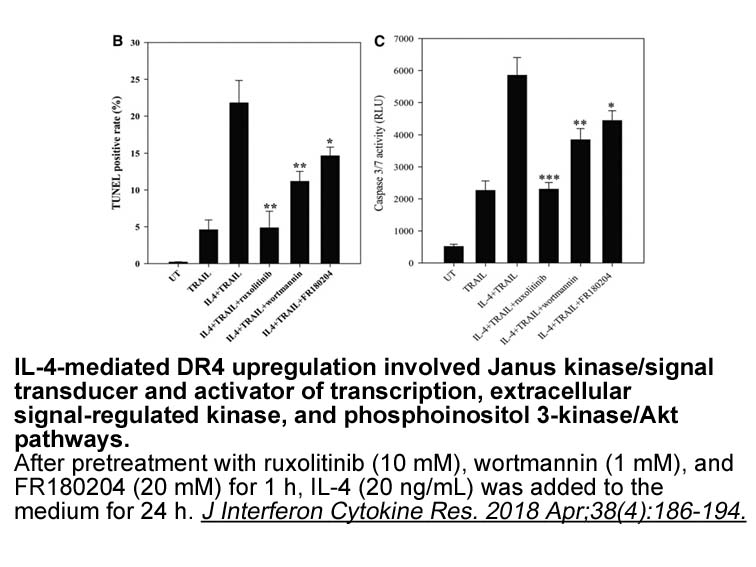
Thirdly and finally, multiple studies have analyzed the activation of neurons in the auditory telencephalic areas of songbirds in response to various auditory stimuli. Neuronal activation was identified by the increased expression of immediate early genes such as fos or ZENK (also know as zif-268, e
-
br Aromatase inhibitors The aromatase enzyme
2023-08-30
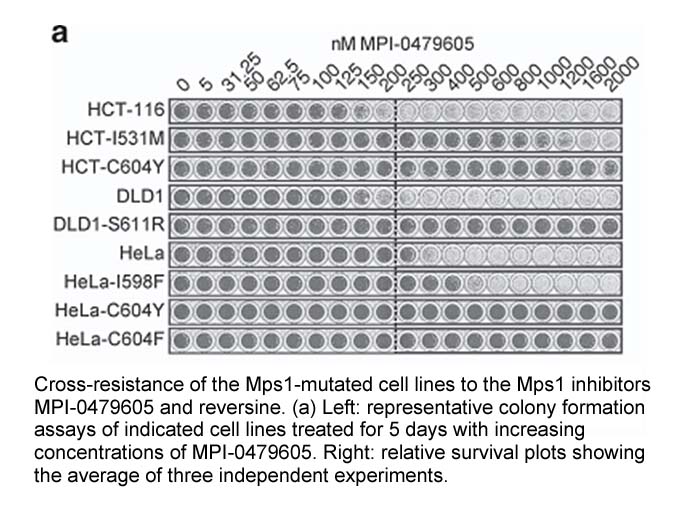
Aromatase inhibitors The aromatase enzyme, P450arom, belongs to the super-family of P450 proteins which includes more than 480 members divided in 74 different families. P450arom is a unique member of family 19 [39], and is located in the endoplasmic reticulum of mammalian azacytidine australia t
-
br Acknowledgments This study is
2023-08-30
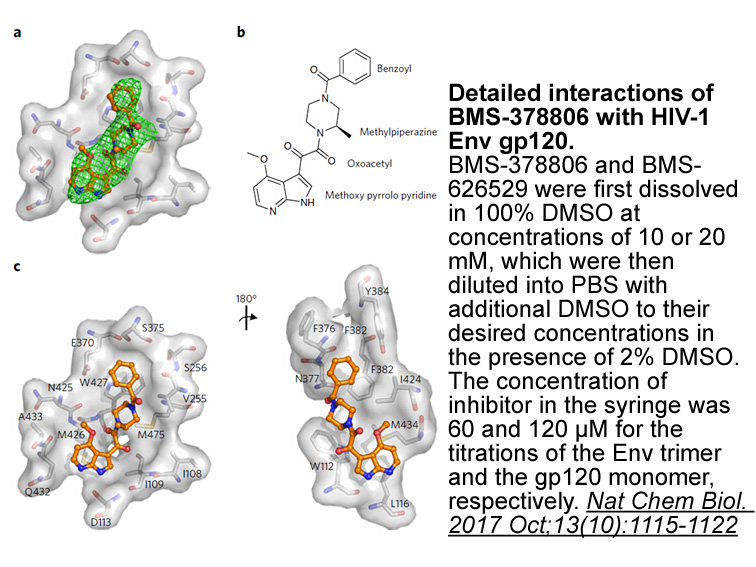
Acknowledgments This study is a part of a MSc thesis and supported by Scientific Research Projects Coordination Unit of Akdeniz University (grant number: 2011.02.0122.007). Introduction Apelin receptor (putative receptor protein related to the angiotensin receptor AT1, APJ) belongs to the G-p
-
br Apelin Discovered in apelin was initially identified
2023-08-30
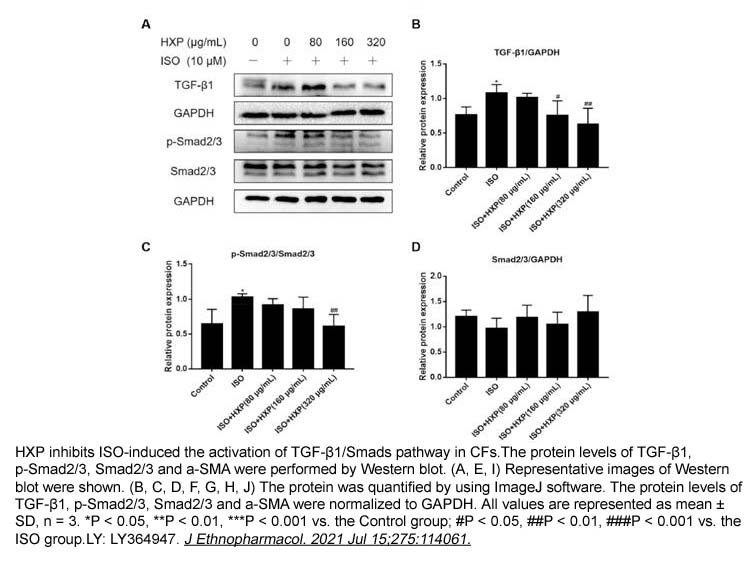
Apelin Discovered in 1998, apelin was initially identified as the sole endogenous ligand for the APJ receptor (Tatemoto et al., 1998). Apelin-77 (pre-pro-apelin) is the precursor for various pharmacologically active apelin isoforms (e.g. apelin-12, -13, -17 and 36), and it shares 75–95% sequence
-
Recent studies have supported the existence of
2023-08-30
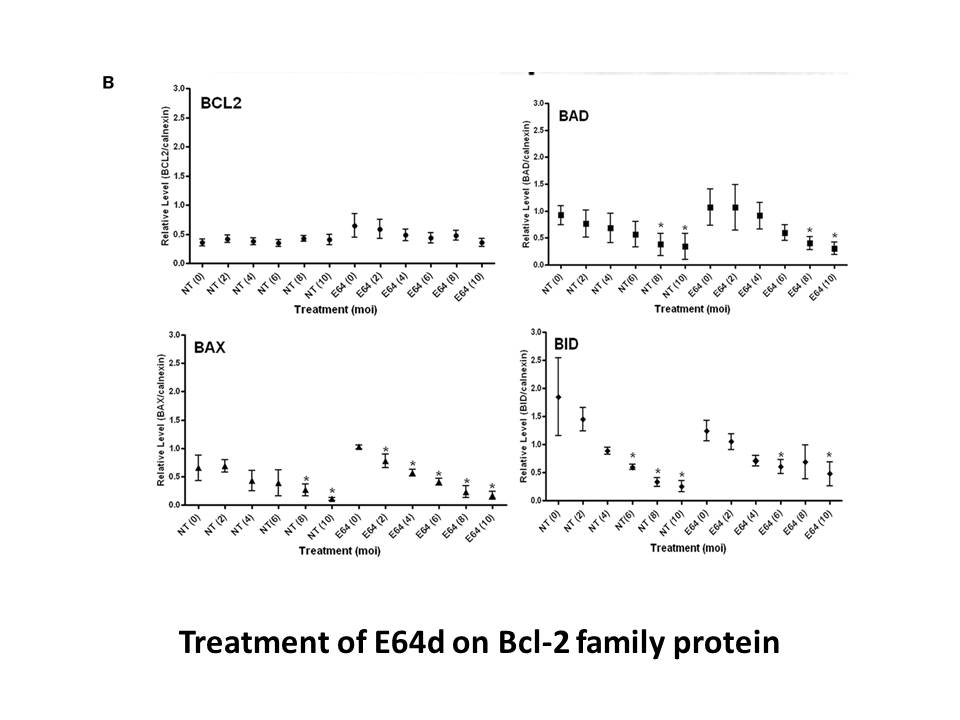
Recent studies have supported the existence of an inward RAS regulatory mechanism in which AT1 receptors downregulate angiotensin-converting enzyme 2 (ACE2) and subsequently impair angiotensin-(1-7) generation and MAS functionality (Jessup et al., 2006, Gallagher et al., 2008, Xia et al., 2009, Pern
-
In contrast to the beneficial treatment of skin inflammation
2023-08-30
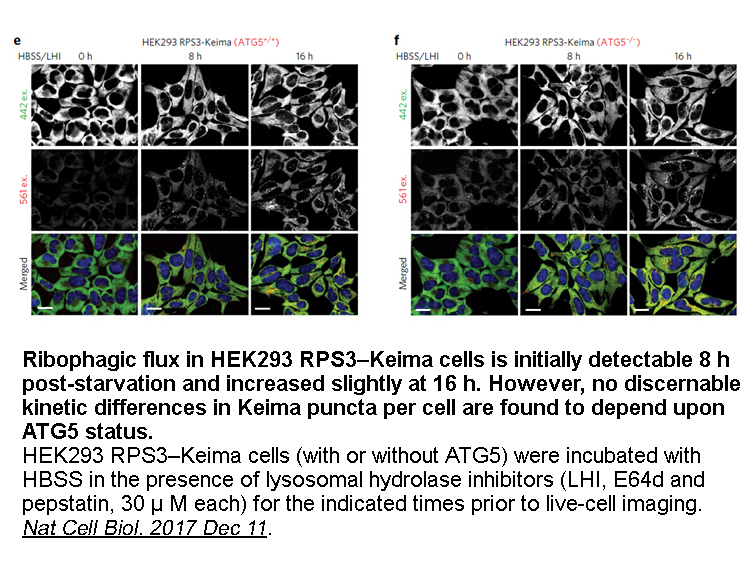
In contrast to the beneficial treatment of skin-inflammation with PAH containing coal tar, epidemiology showed that environmental pollution, containing AHR-activating PAH, lead to more eczema [80]. Of note, other epidemiological data suggested that Th17 cell polarization may be enhanced air pollutio
-
We have previously shown that the antinociceptive effect
2023-08-30

We have previously shown that the antinociceptive effect of tramadol, an analgesic that, like paracetamol is able to increase serotonin levels within CNS, is potentiated or antagonized respectively by a 5-HT1A/B nonspecific Myriocin sale blockade or activation (Rojas-Corrales et al., 2000). Moreover
-
Adenosine receptors are proposed to play proangiogenic role
2023-08-29
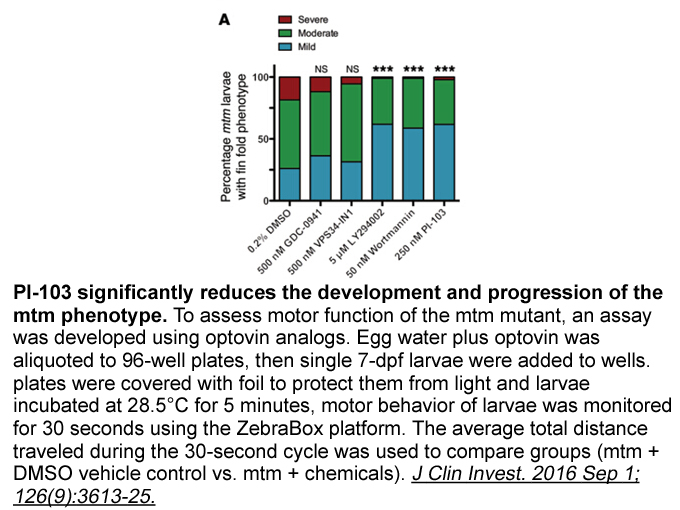
Adenosine receptors are proposed to play proangiogenic role in vascular and immune mass calculator within microenvironment of hypoxic tissues to maintain tissue oxygenation in chronic ischemic condition [9]. Adenosine also stimulates the production of angiopoetin-1, VEGF and Interleukin-6 (IL6) via
-
Beside activation of adenosine receptors A a A a A
2023-08-29
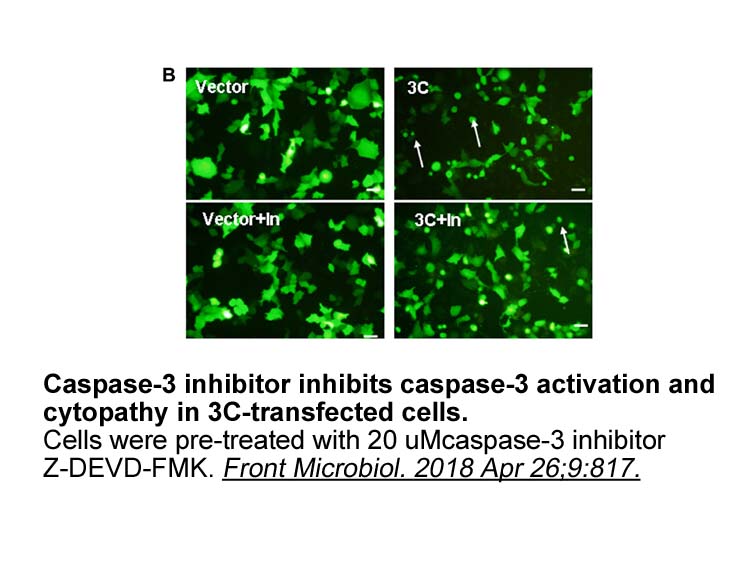
Beside activation of adenosine receptors (A2a.1, A2a.2, A2b) by FSK treatment, the expression of adenosine receptors was also upregulated, when embryos were exposed to inhibitors (SU5416 and DAPT) alone and also combined with FSK. Our data imply that adenosine receptor was associated with a positive
-
br Co http www apexbt com media diy
2023-08-29
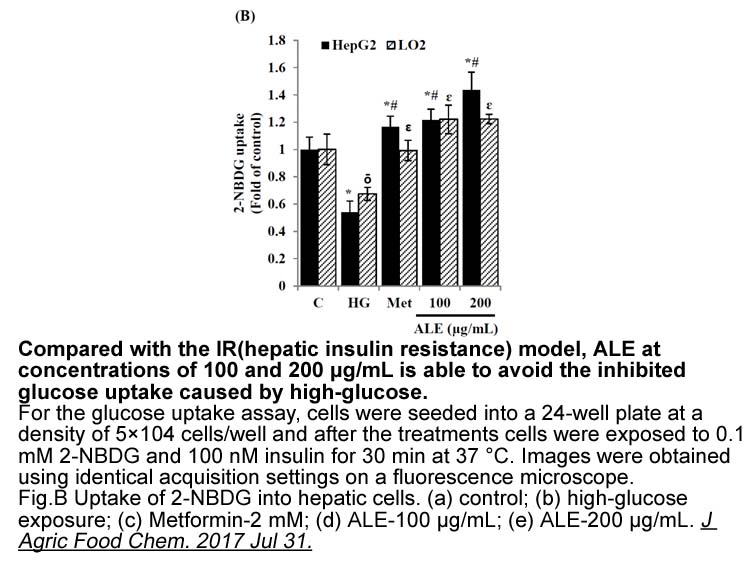
Conclusions This paper is the first meta-analysis about the association between SRD5A2 V89L polymorphism and hypospadias risk. The results of this meta-analysis have revealed that V89L polymorphism definitely increases the risk of hypospadias, and the C allele is a genetic risk factor for hypospa
15839 records 284/1056 page Previous Next First page 上5页 281282283284285 下5页 Last page